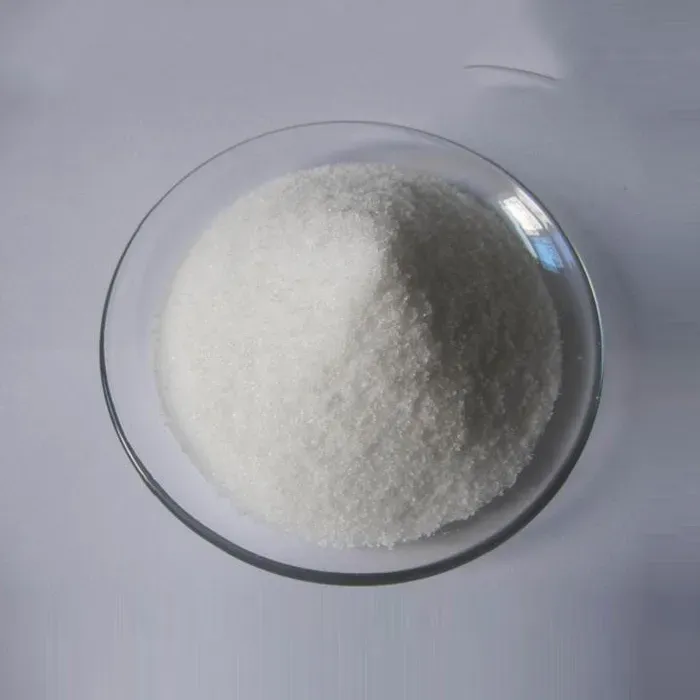The Significance of Cationic Polyacrylamide Emulsion in Modern Industries
Cationic polyacrylamide emulsion (CPAM) has emerged as a crucial material in various industrial applications due to its unique properties and versatility. This synthetic polymer is a modified version of polyacrylamide, which has been cationized to improve its performance in applications requiring flocculation, coagulation, and thickening.
One of the most prominent uses of cationic polyacrylamide emulsion is in the water treatment industry. In industrial wastewater treatment, CPAM acts as a coagulant that helps in aggregating suspended particles and contaminants, making them easier to remove through subsequent filtration processes. Its high charge density enables it to effectively neutralize negatively charged particles, leading to improved flocs that settle out of the solution more readily. This characteristic is particularly advantageous in treating wastewaters containing organic materials, where traditional treatment methods may falter.
Beyond water treatment, cationic polyacrylamide emulsion finds application in the paper and pulp industry. Here, it plays a critical role in enhancing the papermaking process. CPAM is used as a retention aid, contributing to better retention of fibers and fillers during the sheet formation. This results in increased paper quality and reduced raw material costs. Furthermore, the addition of CPAM can improve the strength of the paper, making it more durable and suitable for various applications. The effectiveness of cationic polyacrylamide in this sector is evidenced by its widespread adoption in paper mills around the globe.
cationic polyacrylamide emulsion

In the textile industry, CPAM is utilized as a finishing agent in the production of fabrics. Its ability to enhance dye retention and improve water resistance makes it an essential component in textile treatments. The cationic nature of the polymer allows it to bond well with negatively charged fibers, thereby enhancing the overall quality of dyed textiles. Additionally, the use of CPAM can contribute to reducing the environmental impact of dyeing processes, as it minimizes the amount of dye waste generated during production.
The construction industry also benefits from the properties of cationic polyacrylamide emulsion. It is commonly employed as a soil stabilizer and a viscosity modifier in cement and concrete applications. By improving the cohesiveness of soil particles, CPAM helps to prevent erosion and enhances the strength of construction materials. Its ability to increase the workability of concrete mixtures allows for easier handling and application, making it a valuable additive in building projects.
Moreover, CPAM has found its way into agriculture as an agent to improve soil quality and water retention. When used in agricultural applications, cationic polyacrylamide emulsion aids in preventing soil erosion, enhancing moisture retention, and facilitating the efficient use of fertilizers. This not only promotes healthier crop growth but also aligns with sustainable agricultural practices by reducing the need for excessive irrigation and chemical inputs.
In summary, the significance of cationic polyacrylamide emulsion spans multiple industries, highlighting its versatility and effectiveness. From improving water treatment processes to enhancing paper quality, textile production, construction materials, and agricultural practices, CPAM serves as a remarkable tool for environmental management and industrial efficiency. As industries continue to seek sustainable and efficient solutions, the role of cationic polyacrylamide emulsion is likely to become even more pivotal in the years to come.

